Click on photo to start video.
Forget rooftop panels. This is the next generation of solar power.


The farther you get from the equator, the less effective solar panels become at reliably generating power all year round. And it’s not just the shorter spans of sunlight during the winter months that are a problem; even a light dusting of snow can render solar panels ineffective. As a result of global warming, winters are only going to get more severe, but there’s at least one silver lining as researchers from UCLA have come up with a way to harness electricity from all that snow.
The technology they developed is called a snow-based triboelectric nanogenerator (or snow TENG, for short) which generates energy from the exchange of electrons. If you’ve ever received a nasty shock when touching a metal door handle, you’ve already experienced the science at work here. As it falls towards earth, snowflakes are positively charged and ready to give up electrons. In a way, it’s almost free energy ready for the taking, so after testing countless materials with an opposite charge, the UCLA researchers (working with collaborators from the University of Toronto, McMaster University, and the University of Connecticut) found that the negative charge of silicone made it most effective for harvesting electrons when it came into contact with snowflakes.
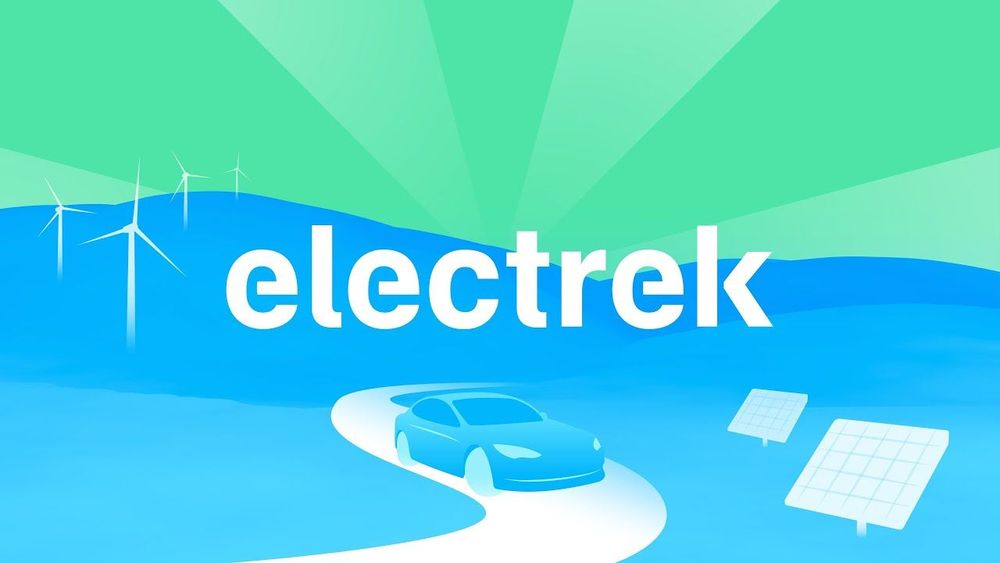
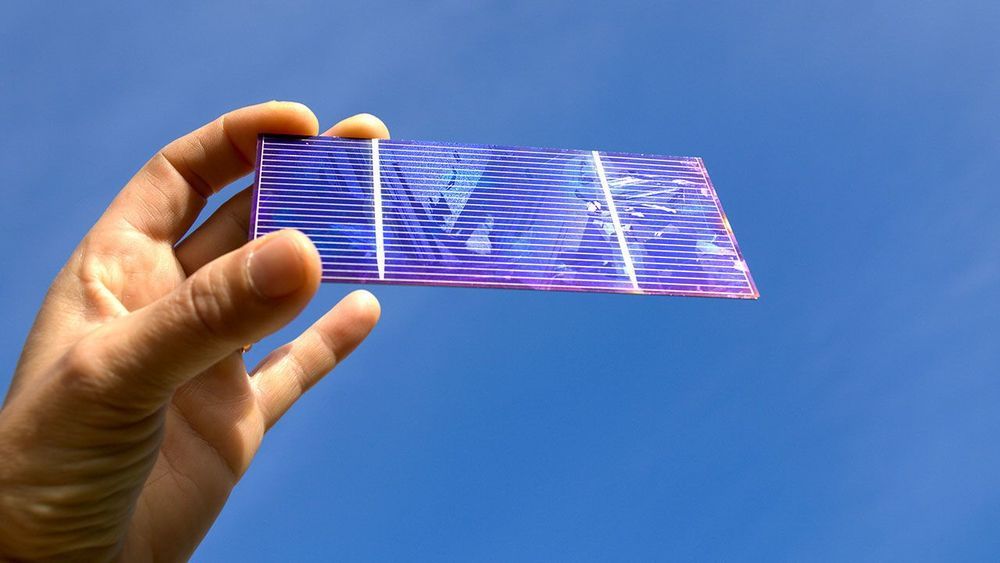
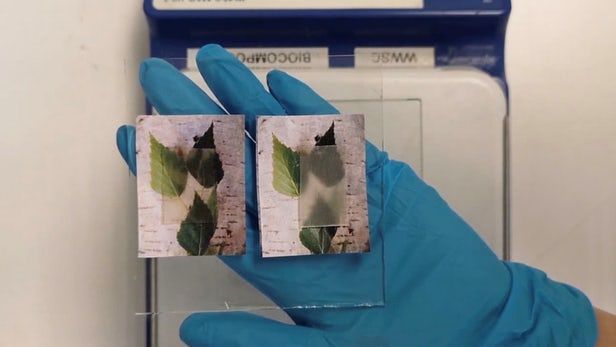
Three years ago, we heard how scientists from Sweden’s KTH Royal Institute of Technology had created transparent wood – it could serve as a cheaper alternative to the silica-based glass currently used in windows and solar cells. Now, the material is additionally able to store heat and later release it.
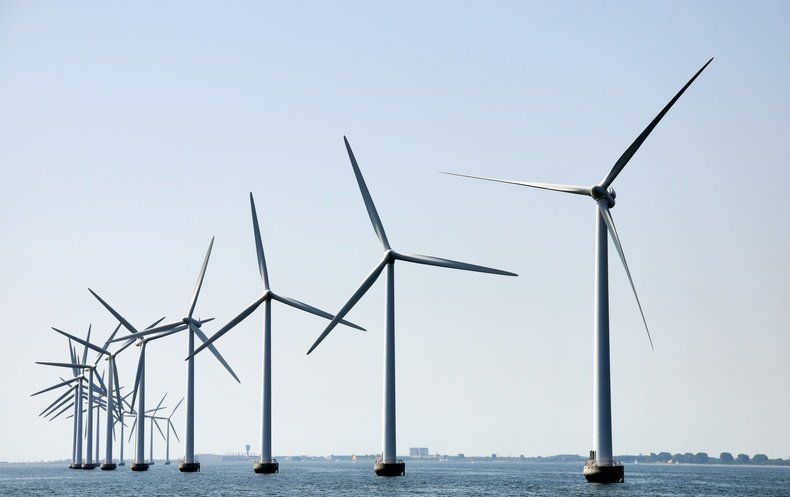
Converting excess wind and solar power into hydrogen can extend renewable energy’s reach.
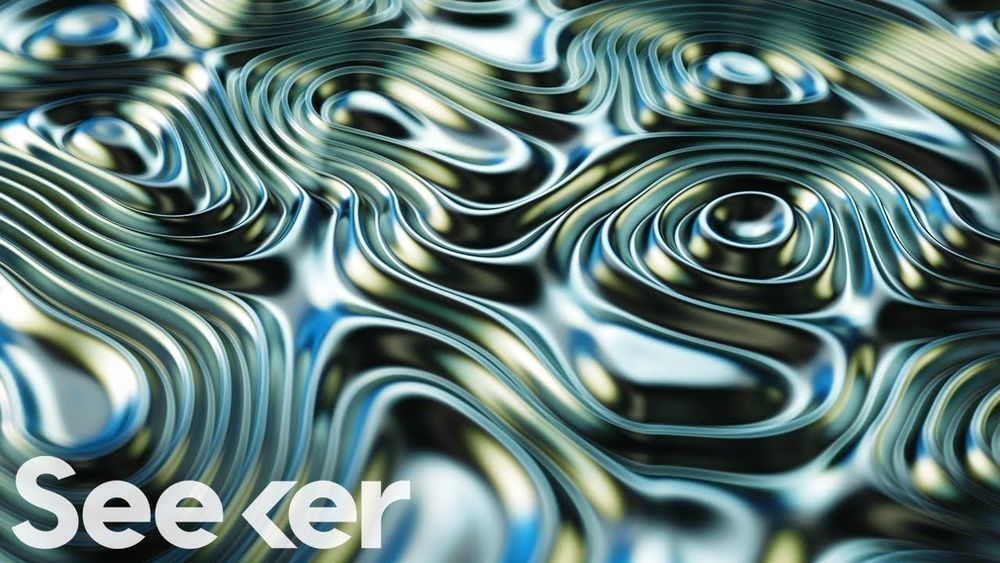
Fluids with zero viscosity seemingly defy the laws of physics and they have endless applications. But they’ve been hard to make, until now. The secret? Bacteria!
Scientists’ Crazy Plan to Power Solar Panels With E. Coli — https://youtu.be/_XZGrZ3DeLg
Get 20% off http://www.domain.com domain names and web hosting when you use coupon code SEEKER at checkout!
Swarming Bacteria Create an ‘Impossible’ Superfluid.
https://www.quantamagazine.org/swarming-bacteria-create-an-impossible-superfluid-20180726/
“Researchers explore a loophole that extracts useful energy from a fluid’s seemingly random motion. The secret? Sugar and asymmetry.”
More info about E. Coli
https://www.foodsafety.gov/poisoning/causes/bacteriaviruses/ecoli/index.html
“E. coli is the name of a type of bacteria that lives in your intestines and in the intestines of animals. Although most types of E. coli are harmless, some types can make you sick.”
Swimming bacteria work together to go with the flow
https://phys.org/news/2018-07-bacteria.html
“This shows us that microscopic bacterial activity can be converted into macroscopic useful mechanical power. In other words, it is possible to make bacteria work together and use that to power larger devices.”
____________________

There’s an energy revolution happening in villages and towns across Africa — off-grid solar energy is becoming a viable alternative to traditional electricity systems. In a bold talk about a true leapfrog moment, Amar Inamdar introduces us to proud owners of off-grid solar kits — and explains how this technology has the opportunity to meet two extraordinary goals: energy access for all and a low-carbon future. “Every household a proud producer as well as consumer of energy,” Inamdar says. “That’s the democracy of energy.” (Followed by a brief Q&A with TED Curator Chris Anderson)
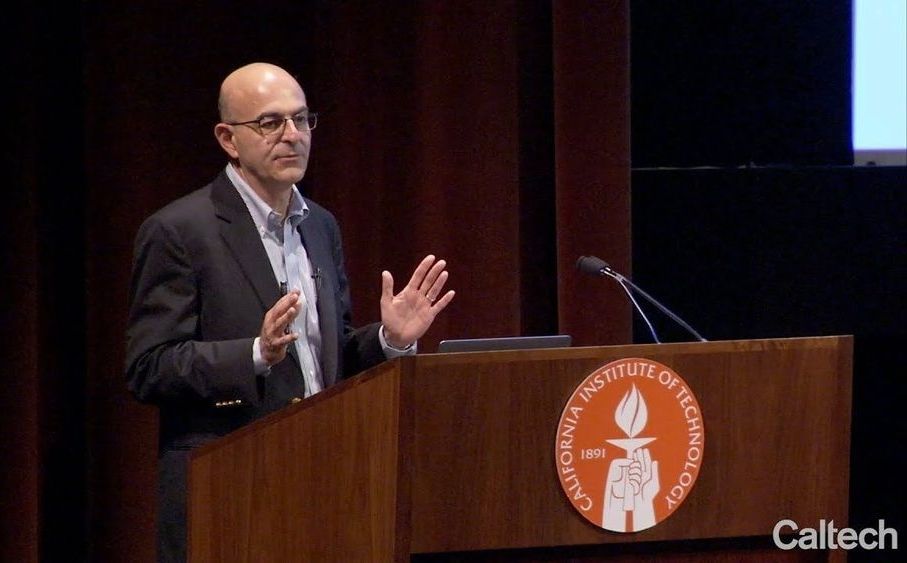
SSPI approach: • Enabling technologies developed at Caltech • Ultra-light deployable space structures • High efficiency ultra-light photovoltaic (PV) • Phased Array and Power Transmission • Integration of concentrating PV, radiators, MW power conversion and antennas in single cell unit • Localized electronics and control for system robustness, electronic beam steering • Identical spacecraft flying in formation • Target is specific power over 2000 Watts per kilogram. This would cost competitive with ground-based power.
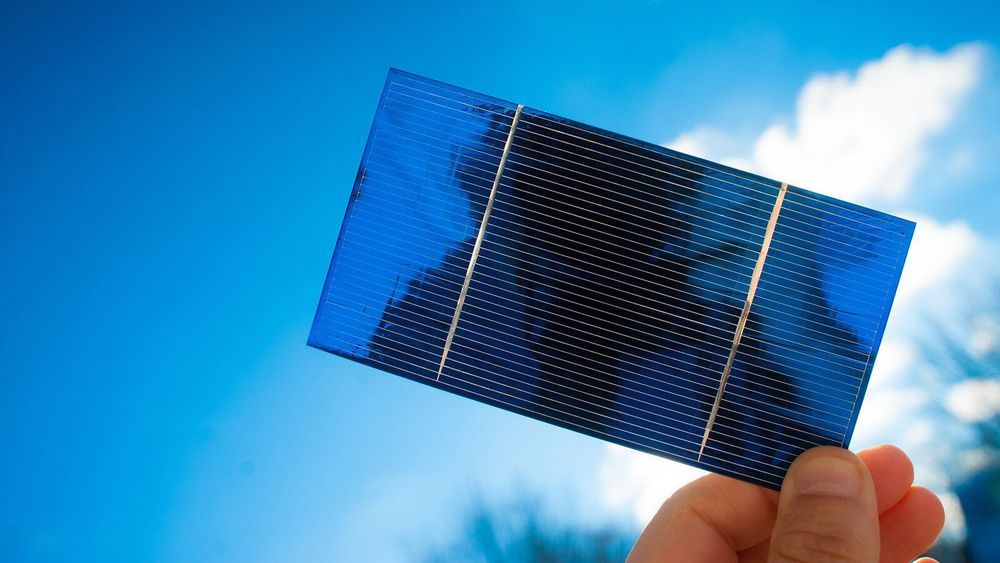
Finding the best light-harvesting chemicals for use in solar cells can feel like searching for a needle in a haystack. Over the years, researchers have developed and tested thousands of different dyes and pigments to see how they absorb sunlight and convert it to electricity. Sorting through all of them requires an innovative approach.
Now, thanks to a study that combines the power of supercomputing with data science and experimental methods, researchers at the U.S. Department of Energy’s (DOE) Argonne National Laboratory and the University of Cambridge in England have developed a novel “design to device” approach to identify promising materials for dye-sensitized solar cells (DSSCs). DSSCs can be manufactured with low-cost, scalable techniques, allowing them to reach competitive performance-to-price ratios.
The team, led by Argonne materials scientist Jacqueline Cole, who is also head of the Molecular Engineering group at the University of Cambridge’s Cavendish Laboratory, used the Theta supercomputer at the Argonne Leadership Computing Facility (ALCF) to pinpoint five high-performing, low-cost dye materials from a pool of nearly 10,000 candidates for fabrication and device testing. The ALCF is a DOE Office of Science User Facility.